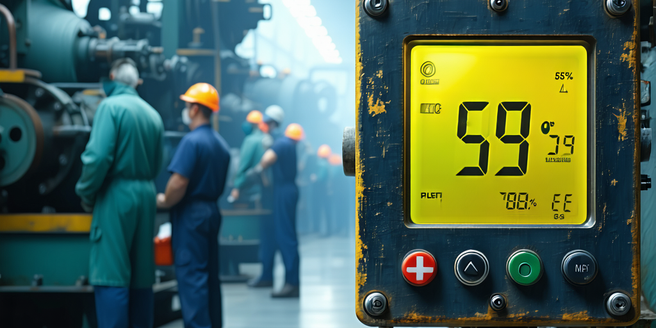Temperature Control Technologies

Understanding the Basics of Temperature Sensors
Temperature sensors play a crucial role in various applications, ranging from industrial processes to household appliances. These devices measure the temperature of an environment and convert the data into readable formats for monitoring and control. Temperature sensors are essential for maintaining consistent performance in both commercial and domestic settings. Common types of temperature sensors include thermocouples, thermistors, and resistance temperature detectors (RTDs). Each type operates on unique principles, offering different levels of accuracy and speed of measurement. Thermocouples are known for their wide range and durability, while thermistors offer high sensitivity within specific temperature ranges. RTDs provide precise measurements but are generally more expensive. Understanding these basics helps users select the right sensor for their specific needs, thereby enhancing system efficiency and reliability.
Exploring Thermostats and Their Applications
Thermostats are essential devices used to regulate heating and cooling systems in both residential and commercial settings. By maintaining a desired temperature, they enhance comfort and energy efficiency. Mechanical thermostats are simple and cost-effective, using bi-metallic strips to open or close electrical contacts. On the other hand, digital thermostats offer advanced features such as programmable settings and remote accessibility. In addition to these, they can be easily installed without specialized tools. Smart thermostats have revolutionized the market by integrating with home automation systems, allowing users to control temperatures remotely via smartphone apps. This capability enables better energy management and reduces utility bills. Understanding the variety of thermostat technologies available helps consumers make informed decisions that best suit their lifestyle and energy consumption goals.
Innovative Smart Home Temperature Solutions
The rise of smart home technology has transformed temperature control solutions, leading to more efficient and user-friendly systems. Smart thermostats are at the forefront of these innovations, often equipped with features like learning algorithms that adapt to user habits and preferences over time. These devices can seamlessly integrate with other smart home systems, allowing users to control lighting, security, and temperature from a single platform. Many users appreciate the convenience of controlling their home’s climate with just a simple voice command. Voice control compatibility with smart assistants further enhances their utility. Moreover, these solutions often include sensors that adjust settings based on room occupancy, ensuring optimal energy use. By adopting innovative smart home temperature solutions, homeowners can achieve significant energy savings while enjoying enhanced convenience and comfort.
The Role of IoT in Modern Temperature Control
The Internet of Things (IoT) is playing a transformative role in modern temperature control systems. By connecting devices and systems via the internet, IoT enables real-time monitoring and management of temperature across different environments. This connectivity facilitates predictive maintenance and instantaneous adjustments, leading to increased efficiency and reduced energy consumption. In many cases, businesses have reported significant savings on their energy bills due to the implementation of IoT in their temperature control strategies. IoT-powered sensors can gather and analyze data to provide insights into usage patterns and environmental conditions. This information can then be used to optimize HVAC systems, leading to smarter energy management. As the IoT continues to evolve, it will further enhance temperature control technologies, providing more customized and intelligent solutions for users in various sectors.
Future Trends in Temperature Regulation Technologies
The future of temperature regulation technologies holds exciting possibilities with the integration of artificial intelligence (AI) and machine learning (ML). These technologies promise to deliver smarter control systems capable of learning preferences and predicting optimal settings. Moreover, AI and ML are revolutionizing how quickly these systems can adapt to changes in the environment. Additionally, advancements in sensor technology are leading to more compact and energy-efficient devices. Innovations in sustainable materials and energy harvesting methods are also set to contribute, enabling greener temperature regulation solutions. Furthermore, as demand for personalized climate control grows, we can anticipate the development of individualized systems that tailor the environment to suit specific needs. By embracing these trends, industries and consumers can achieve greater efficiency, comfort, and sustainability in temperature management.